Charleston was founded in 1670 as Charles Town, honoring King Charles II of England. Its initial location at Albemarle Point on the west bank of the Ashley River (now Charles Towne Landing) was abandoned in 1680 for its present site, which became the fifth-largest city in America within ten years. Despite its size, it remained unincorporated throughout the colonial period; its government was handled directly by a colonial legislature and a governor sent by London. Election districts were organized according to Anglican parishes, and some social services were managed by Anglican wardens and vestries. Charleston adopted its present spelling with its incorporation as a city in 1783 at the close of the Revolutionary War. Population growth in the interior of South Carolina influenced the removal of the state government to Columbia in 1788, but the port city remained among the ten largest cities in the United States through the 1840 census. Historians estimate that “nearly half of all Africans brought to America arrived in Charleston”, most at Gadsden’s Wharf. The only major antebellum American city to have a majority-enslaved population, Charleston was controlled by an oligarchy of white planters and merchants who successfully forced the government to revise its 1828 and 1832 tariffs during the Nullification Crisis and launched the Civil War in 1861 by seizing the Arsenal, Castle Pinckney, and Fort Sumter from their federal garrisons.
Known for its rich history, well-preserved architecture, distinguished restaurants, and hospitable people, Charleston is a popular tourist destination. It has received numerous accolades, including “America’s Most Friendly [City]” by Travel + Leisure in 2011 and in 2013 and 2014 by Condé Nast Traveler, and also “the most polite and hospitable city in America” by Southern Living magazine. In 2016, Charleston was ranked the “World’s Best City” by Travel + Leisure.
The Angel Oak Tree is estimated to be in excess of 400-500 years old, stands 66.5 ft (20 m) tall, measures 28 ft (8.5 m) in circumference, and produces shade that covers 17,200 square feet (1,600 m2). From tip to tip Its longest branch distance is 187 ft. There is considerable debate about the age of the Angel Oak. Some contend that it is 1,500 years old. Most believe that the more conservative estimates are more accurate.The Angel Oak Tree is thought to be one of the oldest living things in the country. The land where the Angel Oak Tree stands was part of Abraham Waight’s 1717 land grant.
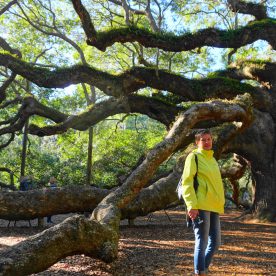
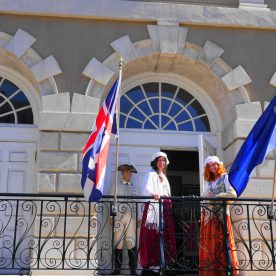
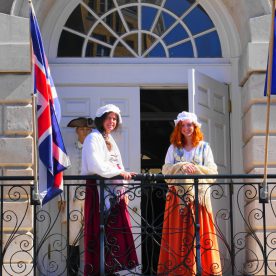
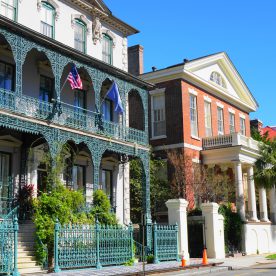
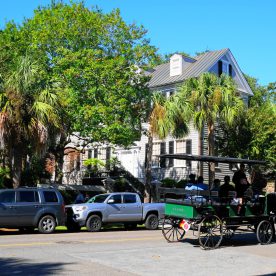
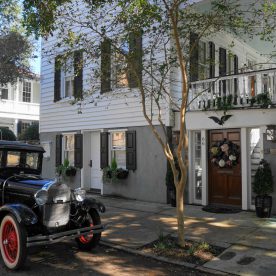
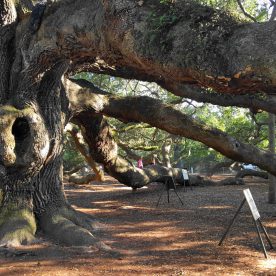

Cool